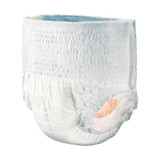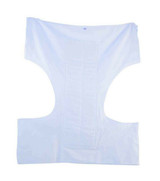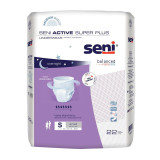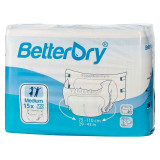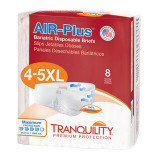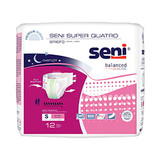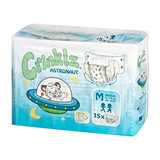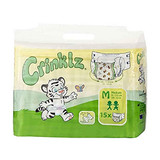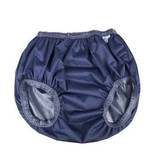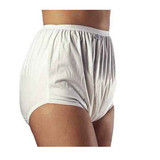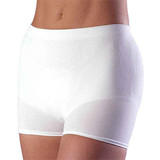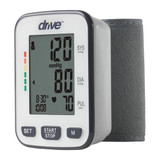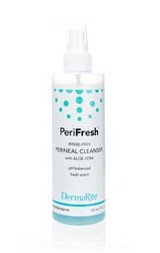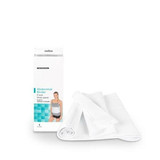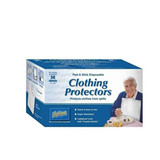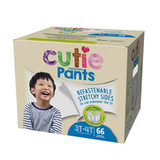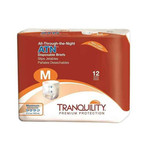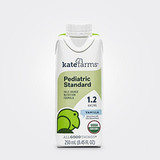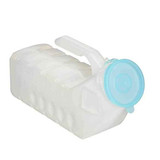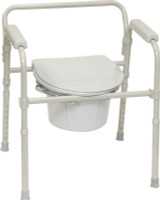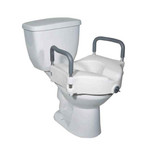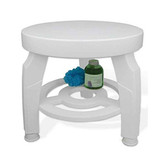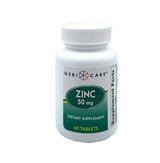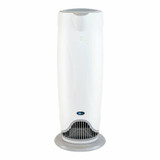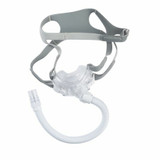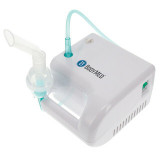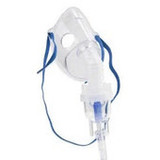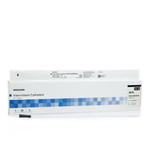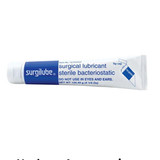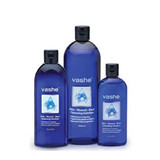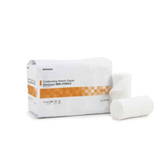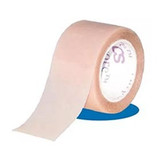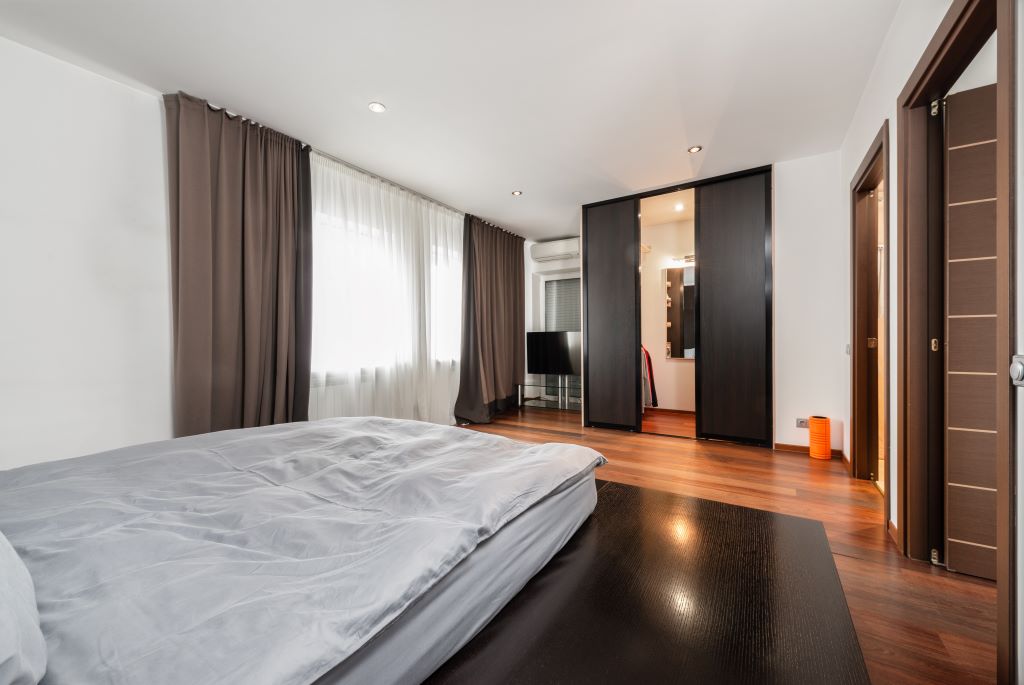
The Caregiver Guide - Outdoor Activities for Seniors in a Heat wave
We know that exercise is a crucial element of health. We encourage outdoor activities for seniors because studies have shown that regular exercise can delay the onset of dementia and other age-related conditions. And we all know that exercising outdoors is much more wholesome because we can benefit from breathing in fresh air and soaking up some sun.
But, with climate change over the last decade or two, the extremes have become much more extreme. This summer of 2023 has seen maximum temperatures in the southern US and parts of Europe and Asia reach heights never before recorded. According to a National Center for Biotechnology Information study, the mortality rate during heat waves is significantly higher than under normal climate conditions. In fact, the rate increases by 2.49% for every 1oF increment in the temperature.
The conundrum that a caregiver now faces is that they must continue to encourage their patient to exercise regularly, but they must also deal with the increased risk during a heat wave. Let us look at how we can mitigate the risks and still keep our patients active and healthy.
Understanding the Risks of Heat waves
As we age, our bodies naturally lose some of their ability to regulate temperature and retain water. In addition, older people generally tend to use more medication, such as beta blockers and diuretics, that can further increase the risk of heat related illnesses or dehydration.
Heat-related illnesses can vary from mild conditions like dizziness and cramps to much more serious issues like heat exhaustion or even heatstroke, which can be fatal if not treated promptly. Knowing the signs and taking quick action can prevent serious complications. Here are some common symptoms to watch for:
Dizziness or light-headedness. This is often the first sign of dehydration or heat exhaustion.
Confusion or disorientation: Heat can affect cognitive function, leading to confusion or disorientation in older people. Sudden changes in someone’s mental state may signal heat-related distress.
Rapid heartbeat: An increased heart rate can indicate that the body is working harder to cool down.
Excessive sweating or lack of sweating: Sweating is the body's natural way of cooling down and shouldn’t usually be cause for concern. However, when someone starts sweating far more than usual or stops sweating when it’s very hot, it may be a sign of heat-related distress.
Preparing for Outdoor Activities
Whilst most people would prefer to exercise outdoors, you have to be sensible about it. Being outdoors in extreme weather conditions is more risky than beneficial unless you take appropriate precautions. In a heat wave, you need to consider three things when planning outdoor activities.
Time of day: It may seem obvious, but you should always try outdoor activities for seniors in the morning before it gets too hot. Depending on your climate zone, you may also schedule exercise for the late afternoon once it has cooled down. Bear in mind that in the Mediterranean climate zone, this would probably not work as the sun sets as late as 8 pm, and it remains very hot until well after dark.
Wear appropriate clothing. Clothing should be light and breathable to avoid a buildup of heat. Try to stick to natural fabrics like cotton, as synthetic materials tend to be more densely woven and water-resistant. Natural fibers absorb the sweat and let air through to keep the body cooler. Loose-fitting clothes will also be much more comfortable once your patient begins sweating.
Limit skin exposure. Covering the skin will not only reduce heat from direct radiation but will also protect against the harmful effects of ultraviolet light (UVB). If long-sleeved tops and trousers are impractical, use a sunscreen cream. The American Academy of Dermatology recommends you use sunscreen with a sun protection factor (SPF) of at least 30. This blocks out 97% of UVB rays.
Hydration and Nutrition
Drink Enough Water. It’s commonly recommended that the average adult should drink at least eight glasses of water per day. Assuming that a glass is 250ml (9 0z.), that would be 2 liters (72 oz.) per day. During hot weather, you should consider increasing this to make up for additional moisture loss through sweating.
Maintain a healthy diet. Encourage your patient to consume light, refreshing meals rich in fruits, vegetables, and lean proteins. In periods of abnormally hot weather, foods with high water content, such as watermelon and cucumbers, are recommended for additional hydration.
You might also consider nutritional supplements to replace electrolytes and minerals lost through perspiration. For more detailed information on dietary supplements, you can read this guide. You can also contact LL Medico. We carry a comprehensive range of supplements and meal replacement products, and with more than 25 years of experience in senior care requirements, we’ll happily discuss your requirements.
Focus on Low-Impact Exercises
Always start an exercise session with stretching routines. Once your patient has warmed up, you can move on to low-impact exercises like walking or Tai Chi. Tai Chi helps maintain balance and coordination and, at advanced levels, can provide a pretty good cardiovascular workout.
Another excellent exercise option is swimming or water aerobics if you can access a pool. This is particularly suitable for patients with impaired mobility or joint pain, as the buoyancy of the water supports some of the weight. And, of course, the water temperature eliminates the risk of any heat-related issues. Whatever exercises you choose, ensure they’re appropriate to your patient’s fitness level.
Have an Indoor Backup Plan
There may be times when it’s so hot that it would be dangerous to exercise outside. When the temperature heads towards 100o F (just under 38o C), it would be prudent to stay indoors. If you don’t have any exercise equipment, Tai Chi and yoga are good options.
You can also improvise with indoor gardening or cooking. Anything that gets your patient up and about would be beneficial without the risk of heat-related illness or injury. Alternatively, you can take a break from being physical and spend a day or two just doing arts and crafts or board games and puzzles. Mental stimulation and relaxation are also important and shouldn’t be excluded entirely.
Be Prepared for an Emergency
Never say never. Despite all your planning and precautions, you may experience an emergency. The problem with emergencies is that they happen rather suddenly and usually require quick and decisive action. Another thing they do is create panic, and people tend to lose the ability to think rationally and act in an orderly manner.
Having a well-thought-out emergency plan gives structure to your response in an emergency. In addition to a list of emergency contact numbers and things to do, you should also consider having a grab-and-go emergency kit on hand. This is a little tricky with medications because you have to manage expiry dates, but with a bit of planning, it is possible, and it can save a lot of time in an emergency.
So, while we face the prospect of increasingly extreme weather, we shouldn’t allow that to interfere with the physical and mental health of the loved ones that we care for. We hope that this guide has provided some useful ideas, and we stand ready to assist you in any way possible on this journey.




